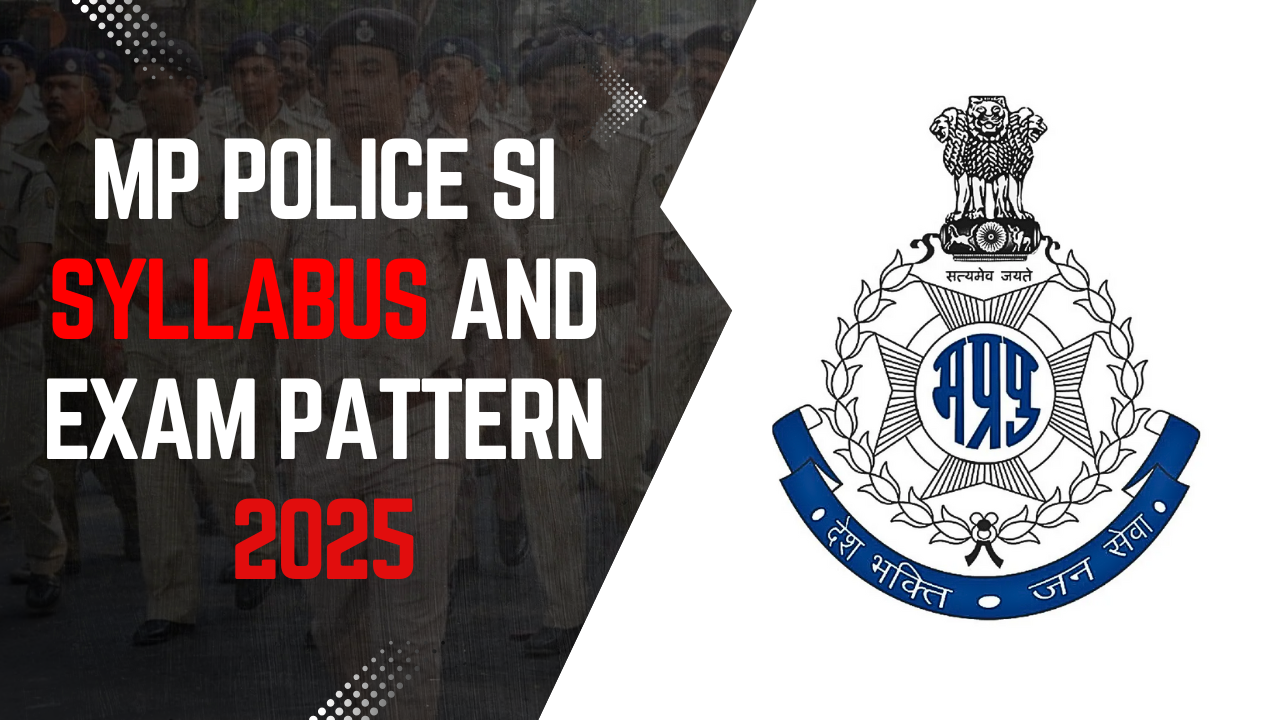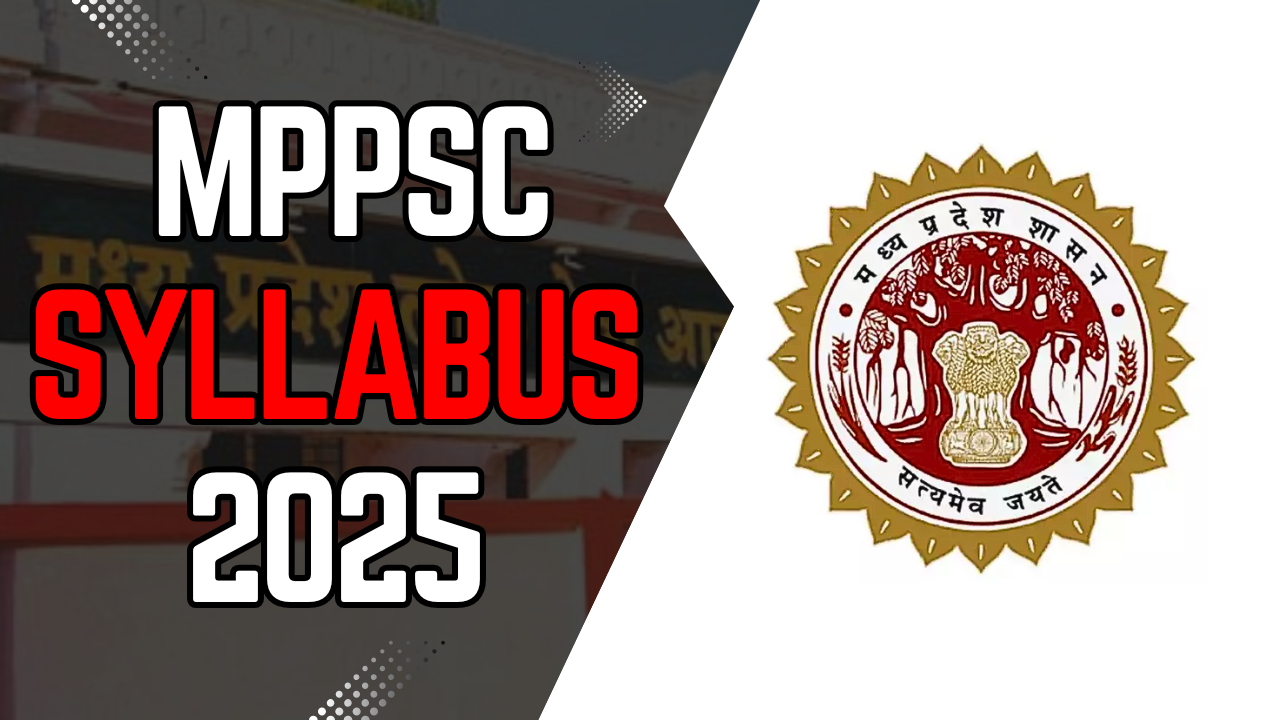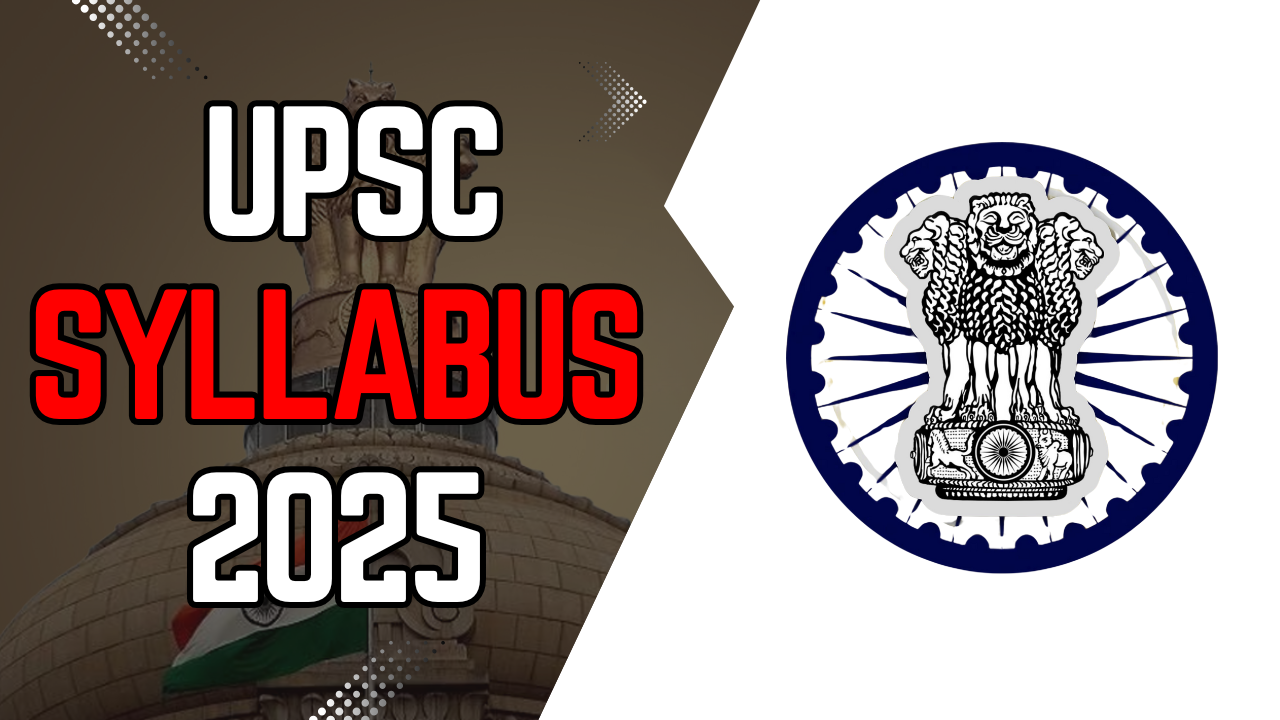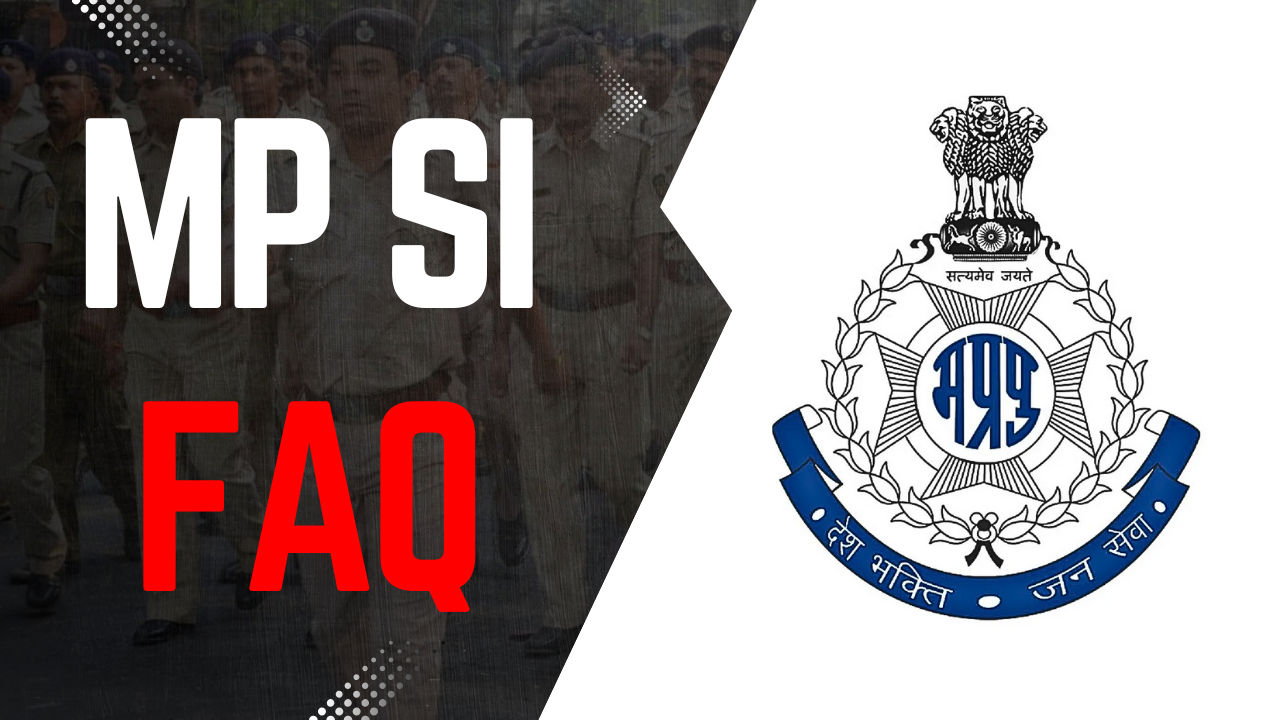India's 44th UNESCO World Heritage Site: A Historic Achievement
India’s Maratha Military Landscapes were officially inscribed on the UNESCO World Heritage List during the 47th session of the World Heritage Committee (WHC) held in Paris. This is a historic achievement for India, marking the inclusion of its 44th UNESCO World Heritage Property.
The decision was taken on July 11, 2025, with 18 of 20 committee members supporting India’s nomination. This milestone has globally recognized India’s cultural heritage and highlighted the extraordinary significance of Maratha military architecture.
Understanding the Maratha Military Landscapes
The Maratha Military Landscapes include 12 major forts built between the 17th and 19th centuries, showcasing the military vision and architectural excellence of the Maratha Empire. These forts are situated across various geographical regions and functioned as part of an integrated defense system.
List of 12 UNESCO-Recognized Forts
11 Forts in Maharashtra:
Salher Fort (1671) – Hill fort in Nashik district
Shivneri Fort (1595) – Hill fort in Pune district (Birthplace of Shivaji)
Lohgad Fort (1648) – Hill fort in Pune district
Khanderi Fort (1679) – Island fort in Raigad district
Raigad Fort (1674) – Hill fort in Raigad district (Capital of Maratha Empire)
Rajgad Fort (1647) – Hill fort in Pune district
Pratapgad Fort (1656) – Hill-forest fort in Satara district
Suvarnadurg Fort (1696) – Island fort in Ratnagiri district
Panhala Fort (1659) – Plateau hill fort in Kolhapur district
Vijaydurg Fort (1653) – Coastal fort in Sindhudurg district
Sindhudurg Fort (1664) – Island fort in Sindhudurg district
1 Fort in Tamil Nadu:
Gingee Fort (1677) – Hill fort in Villupuram district
These forts span geographical regions like the Sahyadri mountain ranges, Konkan coast, Deccan plateau, and Eastern Ghats, representing the strategic military capability of the Maratha Empire.
Architectural and Strategic Significance
The Maratha Military Landscapes were inscribed under UNESCO criteria (iv) and (vi), acknowledging them as testimony to a living cultural tradition and their association with historically significant events. The forts belong to distinct types:
Hill forts: Salher, Shivneri, Lohgad, Raigad, Rajgad, Gingee
Hill-forest fort: Pratapgad
Plateau hill fort: Panhala
Coastal fort: Vijaydurg
Island forts: Khanderi, Suvarnadurg, Sindhudurg
Their Outstanding Universal Value lies in the way they demonstrate the Marathas’ ability to develop a sophisticated defense mechanism through challenging terrain, which helped them assert territorial control across a large part of India.
Chhatrapati Shivaji Maharaj: Architect of the Maratha Empire
Chhatrapati Shivaji Maharaj (1630–1680) was one of India’s greatest military strategists. Born in the Shivneri Fort (now a UNESCO site), he carved out an independent Maratha state from fragmented Deccan kingdoms during the 17th century.
Early Life and Rise to Power
Born to Shahaji Bhonsle and Jijabai, Shivaji grew up with an intrinsic understanding of the strategic value of terrain and forts. At just 16 years old, he began his military career by capturing Torna Fort in 1646.
The Art of Guerrilla Warfare
Shivaji’s forces faced constraints:
Fewer troops and cavalry than the powerful Mughal and Sultanate armies
Dependence on European supplies like muskets and gunpowder
Dense and rugged mountainous terrain
In response, Shivaji developed the unique tactic of guerrilla warfare (Ganimi Kava):
Small, fast-moving, heavily armed units would ambush enemies and retreat
Perfect use of terrain for cover and concealment
Raiding enemy supply lines and isolating key resources
Extensive spy networks to gather intelligence
Strategic Value of Hill Forts
The geographical setting of the Maratha region — bounded by the Arabian Sea, Konkan plains, and Western Ghats — made large-scale conventional warfare difficult. Shivaji turned this to his advantage.
Benefits of Hill Fort Strategy
Superior defense with steep, narrow approaches
Acted as watchtowers or natural surveillance points
Self-sustaining infrastructure: granaries, armories, and reservoirs
Psychological deterrent: their formidable look demoralized enemies
Prominent forts won by Shivaji:
Torna Fort (1646) – First conquest at age 16
Rajgad Fort (1647) – Served as capital for 26 years
Pratapgad Fort (1656) – Famous for Afzal Khan’s defeat
Sinhagad Fort (1670) – Recaptured in a night raid led by Tanaji Malusare
Major Battles and Military Campaigns
| Battle | Year | Details |
|---|---|---|
| Pratapgarh | 1659 | Victory over Afzal Khan (Bijapur Sultanate) |
| Surat | 1664 | Raid on one of Mughal India’s richest ports |
| Purandar | 1665 | Ended in Treaty of Purandar |
| Sinhagad | 1670 | Recapture led by Tanaji |
| Salher | 1672 | First pitched battle won against Mughals |
| Sangamner | 1679 | Shivaji’s last battle |
Shivaji’s Famous Escape from Agra (1666)
Shivaji met Aurangzeb in Agra, felt insulted, and was placed under house arrest. He executed a daring escape by:
Pretending to be ill and distributing alms to Brahmins
Sending out large covered baskets daily from his house
Over time, guards stopped checking them
One day, Shivaji and his son Sambhaji hid in the baskets and left unnoticed
This story symbolized Shivaji’s unmatched intellect and daring leadership.
Shivaji’s Coronation and Administrative Reforms
Coronation in 1674
On June 6, 1674, Shivaji was anointed as Chhatrapati at Raigad Fort, signifying the foundation of Hindavi Swarajya — Hindu self-rule. It:
Legitimized Maratha power
Challenged Mughal dominance
Revived Hindu pride and civil governance
Key Administrative Reforms
Revenue: Ended Jagirdari; peasants paid revenue directly to the state through the Ryotwari system
Introduced land measurement and productivity-based assessment
Limited taxation to 40% of produce, abolished illegal levies
Military: Transitioned to a paid standing army
Encouraged infantry warfare over large cavalry
Introduced merit-based promotions
Strengthened Maratha navy
Anglo-Maratha Wars and Imperial Decline
First Anglo-Maratha War (1775–1782)
Cause: Dispute over Peshwa succession
Ended with Treaty of Salbai (1782)
Second Anglo-Maratha War (1803–1805)
Triggered by Treaty of Bassein (1802)
Ended with Treaty of Deogaon and reduced Maratha control
Third Anglo-Maratha War (1817–1819)
Final blow to Maratha sovereignty
Ended with Treaties of Poona, Gwalior, and Mandasor
Maratha Empire dissolved, paving the way for British Raj
Cultural Significance and UNESCO Recognition
Recognizing the Maratha Military Landscapes as a World Heritage Site celebrates:
Guerrilla military innovation
Preservation of regional and Hindu sovereignty
Architectural brilliance amidst challenging terrains
Symbolism of resistance to foreign powers
They were inscribed under Criteria (iv): architectural significance, and (vi): association with historical legends and leadership.
Conservation and Protection
Protected by Archaeological Survey of India (ASI):
Shivneri, Lohgad, Raigad, Suvarnadurg, Panhala, Vijaydurg, Sindhudurg, Gingee
Protected by Directorate of Archaeology & Museums, Maharashtra:
Salher, Rajgad, Khanderi, Pratapgad
Ensures long-term safeguarding of these monuments.
Why this matters for your exam preparation
UPSC Prelims
Newly inscribed UNESCO sites (India now has 44)
Fort classification and architecture
Maratha Empire and guerrilla tactics
Key battles, treaties, and dates
UPSC Mains
GS Paper 1 – Regional empires, cultural heritage
GS Paper 2 – Governance, decentralized administration
GS Paper 3 – Heritage conservation as strategy
Essay topics:
“Cultural Identity in Indian Politics”
“Guerrilla Warfare: From Shivaji to Modern Times”
“India’s Heritage Diplomacy: The Role of UNESCO”
State PCS / Other Exams
Maharashtra & Tamil Nadu culture and history
Conservation policies and tourism potential
Regional governance and Shivaji’s administration
✔️ Key Takeaways:
12 forts from Shivneri to Gingee now a UNESCO World Heritage Site (2025)
Showcases Shivaji’s military genius, guerrilla tactics, and legacy
First recognition of fort-based defense systems as an integrated network
Directly relevant to history, polity, culture, and current affairs
Symbolizes India’s cultural soft power on the global stage
To explore other UPSC-relevant current affairs, read:
Study smart with Atharva Examwise – your trusted partner in UPSC success!






